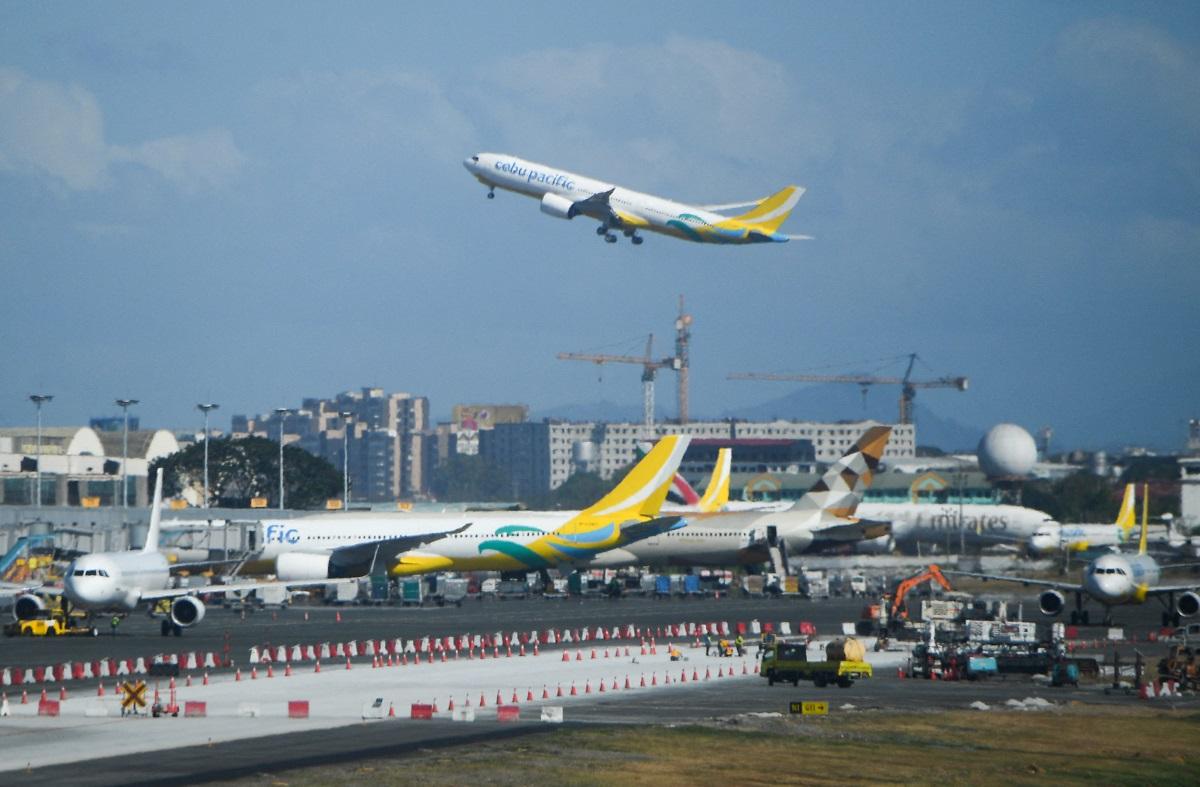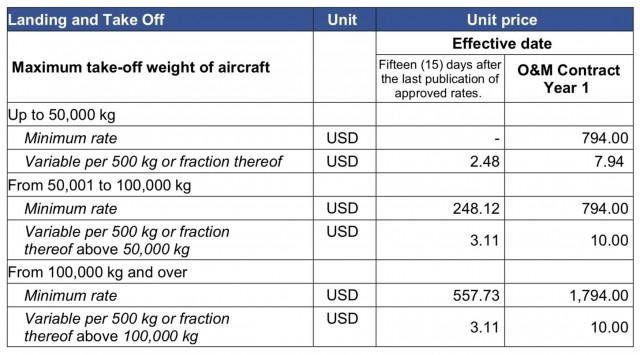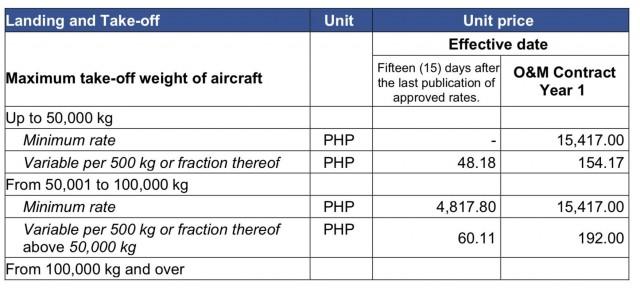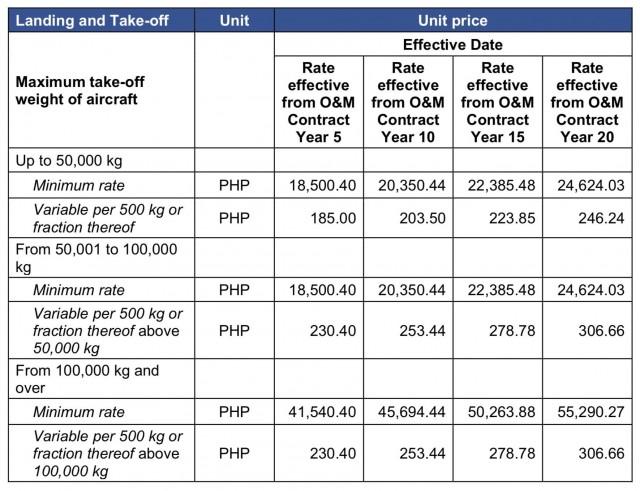Hike in NAIA’s landing, take-off fees ‘won’t necessarily’ lead to higher airfares —DOTr

Transportation Secretary Jaime Bautista on Wednesday said that the landing and take-off fees charged against airlines using the Ninoy Aquino International Airport (NAIA) have increased now that it is under the management of the private sector.
At the sidelines of the 2024 Aviation Summit organized by the European Chamber of Commerce of the Philippines (ECCP) in Pasay City, Bautista confirmed to reporters that the hike in landing and take-off fees took effect on October 1, 2024..
“I think it's almost double. You know, the rates, the last increase was in year 2000. So for the last 24 years, there were no increases in the fees that we charge [in] the airport,” the Transportation chief said.
He explained that before the hike, the landing and take-off fees at NAIA —which is now under San Miguel-led New NAIA Infrastructure Corp. (NNIC)— were “the cheapest in ASEAN.”
“Now that we have implemented the increase, we're [still] not the most expensive among the ASEAN countries,” he said, adding that “there are countries that are collecting higher than the new rates.”
Under Manila International Airport Authority’s (MIAA) Revised Administrative Order No. 1, series of 2024, the landing and take off fee for international air traffic movement has been adjusted, depending on the weight of aircraft, as follows:

Moreover, the take off and landing fees for international air traffic movement would be hiked gradually throughout NNIC’s concession period as follows:

For domestic air traffic movement, airlines with aircraft weighing up to 50,000 kilos were charged a minimum of P15,417 from the previous scheme of P48.18 per 500 kilos of weight. Moreover, the variable charge of P48.18 per 500 kilos weight of aircraft has been increased to P154.17.
The minimum landing and take off fees for domestic operations of aircraft weighing over 50,000 kilos up to 100,000 kilos have also been hiked to P15,417 from P4,817.80.
Likewise, the minimum rate for domestic aircraft weighing over 100,000 kilos was adjusted to P34,617 from P10,806.
Throughout the concession period of NNIC, the domestic landing and take off charge for aircraft using NAIA will also be gradually increased as follows:

“The reason for this is for us to be able to generate revenue, especially the concessionaire, for them to be able to finance the infrastructure requirements to modernize the airport,” Bautista said.
The Transportation chief added that the increase in landing and take off fees will “not necessarily” lead to higher airfares.
“If it will increase, it should not be a huge increase… because the airlines can absorb part of it and can repass one to the passenger. This is for the concessionaire to be able to also recover their investments and for them to spend money for the modernization of the airport,” Bautista said.
Amid concerns on higher airport charges on the air-traveling public, the Transportation chief said reviewing the adjusted rates is part of the concession agreement between NNIC and the government.
“In fact, that's the instruction of the cabinet when this was approved... It's part of the concession agreement that we signed with the New NAI A Infrastructure Corporation. And, let's give it a chance… But, as I mentioned earlier, we can review it,” Bautista said.
The Transportation chief also expressed confidence that higher airport fees will not affect tourist arrivals in the country/
“There are more than 50 million passengers that pass through this airport… The passengers will continue to travel… there's so much things to see, experience in the country. And for a small amount of increase in the cost, I think it will not affect the tourist arrival,” he said.
San Miguel-led NNIC officially took over the operations of NAIA on September 12, 2024.
NNIC is investing approximately P144 billion to manage and improve NAIA under a 15-year concession, extendable by 10 years, which would be contingent on meeting key performance targets.
The government signed the landmark concession agreement for the NAIA Public-Private Partnership (PPP) project on March 18.
Among the expected improvements at NAIA that the traveling public and other stakeholders can expect include the expansion of the Passenger Terminal Buildings (PTBs), additional aircraft parking bays, increase in vehicular parking slots, installation of world-class systems and technology, more food and beverage (F&B) and retail options, and more convenient land transport connectivity.
Flight delays and cancellations due issues with airport facilities are also expected to be significantly reduced.
NAIA has been plagued by commuter woes over the years, from faulty air conditioning to a parking lot fire to complaints of bed bugs and rats.
Just last February, the NAIA was ranked "fourth worst airport in Asia," based on a survey done by a United Kingdom-based website. — BM, GMA Integrated News




